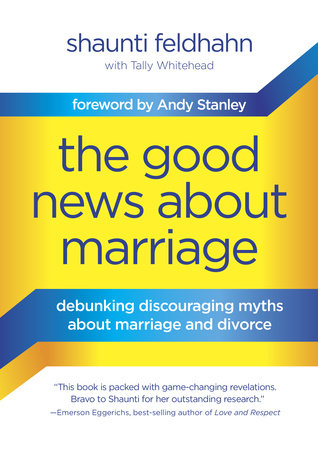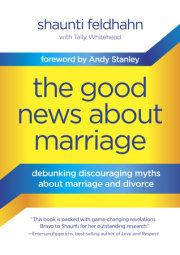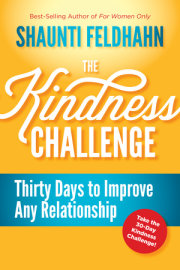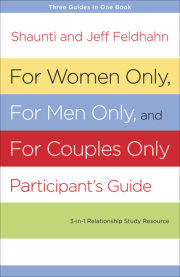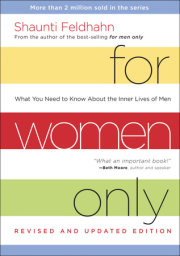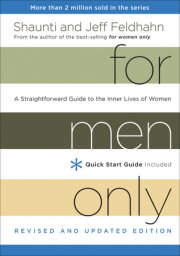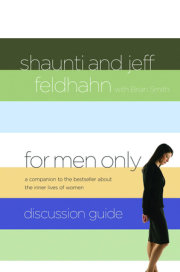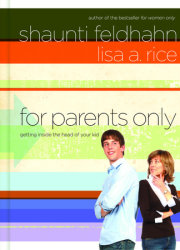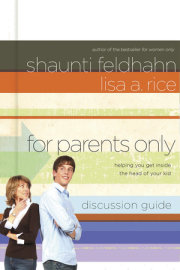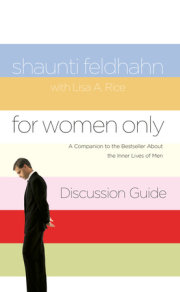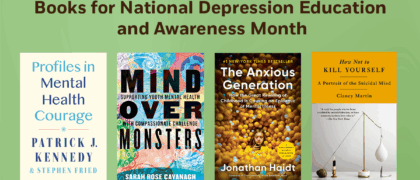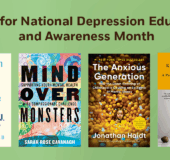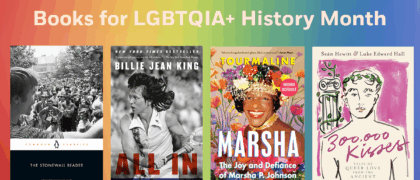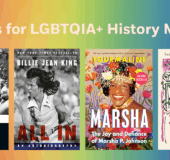What Most People Don’t Know…but Need To
In 2006 I was writing one of my newspaper opinion columns and referencing the high prevalence of divorce. I wanted to correctly cite the most recent divorce rate but was confused by conflicting sources and articles. After trying to figure it out for two or three hours (a lifetime in the newspaper business), I tossed it to my then research assistant (now senior researcher) Tally Whitehead, so I could keep working on the column. But after several more hours, Tally came back even more perplexed than when we started.
It can’t be this difficult, I thought. We quickly called a respected expert on marriage and divorce and asked, “What’s the exact divorce rate?”
Her unexpected answer: “No one knows.”
Huh? Before I could say anything, she continued, “And it depends on what you mean by the ‘divorce rate.’ There are many different types of divorce rates. There are also many different surveys, of different groups of people; there are different ways of tracking the rate of divorce today and projecting it in the future. They all say different things. There’s no way to know one ‘exact’ rate.”
“Well…” I tried to gather my flustered thoughts. “Just an estimate, then. Roughly what percentage of marriages will end in divorce? Like, what does the Census Bureau say?”
“The Census Bureau stopped projecting divorce rates in 1996. And even those projections were based on divorce increasing, and it’s decreased instead. That won’t help you.”
“The divorce rate has decreased? Really? But it is still around 50 percent, right?” After all, I’d heard for years that half of all marriages end in divorce.
“Actually, the divorce rate has never hit 50 percent. It has never even gotten close. Again, it depends on what you mean by the divorce rate, but no matter what definition you use, we’re significantly below 50 percent right now. It is maybe closer to 30 to 40 percent, but again, no one knows.”
My first thought was Nuts! I’m going to have to edit my column.
My second thought was But wait a minute. What? The divorce rate has never gotten close to 50 percent? Why haven’t we heard this before? That’s a really big deal!
That was eight years ago. And only gradually over the next few years did I begin to realize what a big deal the truth actually was—not only about that, but about several other marriage and divorce myths. Myths that are very discouraging…and very common.
Why It Matters That We Get to the Truth
As part of the relationship research that my husband, Jeff, and I have done over the past twelve years, we have interviewed and surveyed thousands of people about their innermost thoughts, needs, and fears. Early on, we began to get a clear window not only into their needs as men and women, which was what we were primarily trying to study, but also into how their relationships worked, what inspired and discouraged them, what they believed about marriage, parenting, the workplace, and culture. Eventually it was clear that there was one common denominator among marriages that survived versus those that failed: hope. There were many different factors that led to either outcome,
of course. But underneath it all was this bottom line: Did the couple have a sense of hope…or a sense of futility?
A couple could go through a terrible period, but if they felt certain they would make it, they usually did. Even if a couple lacked that certainty, the hope that things could get better was often enough to keep them going. With a feeling of We can get through this, they would do what was needed to right the ship, patch the holes, and keep sailing.
But if a couple instead thought This is never going to get better or We’re not going to make it, they usually seemed to have a different outcome. A sneaking feeling of futility took over and with it a sense of inevitability. They assumed things would never change, even if they wanted them to. Instead of motivating the couple to fight harder for their marriage, their belief in approaching doom had the opposite effect. After all, if the ship is going to sink anyway, why bother working so hard to bail it out? Far better, they think, to work on escaping the wreck intact.
In other words, a couple’s futile feeling We aren’t going to make it ends up being one of the main reasons they don’t make it. Those who work directly with troubled couples—counselors, therapists, clergy, and marriage mentors—told me they generally agree. If even one spouse has a sense of hope that things can change, or simply a vision to keep going no matter what, it is amazing how often that one-sided commitment keeps the marriage afloat long enough to get it sailing again. But it is tough to overcome both spouses having a sense of futility.
The Big Cultural Problem
The problem is that we have a culture-wide sense of futility when it comes to marriage, a feeling that, as you will see in the following chapters, is based on conventional wisdom that simply isn’t true! I hear it everywhere. A sense of discouragement about marriage, and the evidence that seems to justify it, saturates our culture. The idea that half of all marriages end in divorce, for example, is accepted as fact.
For years, and with all good intentions, we have been thinking and talking about marriage as being in trouble. We comment on the “unhealthy” state of our unions and the “skyrocketing rate of divorce.” I cannot count the number of times I myself have referenced the 50 percent divorce rate from the stage in my marriage conferences! Many books, TV shows, radio programs, speeches, and sermons also discuss just how often happiness fades in marriage. Married couples talk about beating the odds, while live-in couples ponder, Why should we bother getting married? And in the process we are absorbing a vastly inflated sense of futility. Because although there are indeed plenty of legitimate concerns about marriage, there are others—a lot of others!—that are closer to myth than reality.
I am guilty of spreading every one of those myths myself. But not anymore. After an eight-year investigative study, I now know that although there are plenty of challenges, most marriages are still far stronger, happier, and longer lasting than most of us realize. It is so important for us to get that truth out there because, as mentioned earlier, the belief otherwise can become a self-fulfilling prophecy.
Another consequence of our cultural discouragement is that many couples avoid marriage altogether for the same reason. I recently read an excerpt of a popular book, This Is the Story of a Happy Marriage, in which the author explained why she avoided marrying her boyfriend for eleven years: “By not marrying Karl, we could never get divorced. By not marrying him, he would never be lost to me.”1
After years of interviews and surveys, I have heard this type of fatalistic reasoning more times than I can count, and it is undoubtedly one reason for some of the cultural concerns that are accurate and that worry those who care about marriage. For example, more people today are living together as their first step, instead of or before marrying.2 More than four in ten children are being born to unmarried women.3 And one reason for these trends is the sheer number of people who think getting married is futile.
Those who work directly with couples are just as concerned as the couples themselves. I know I sure used to be, as I would speak at a marriage conference, look out over the audience, and wonder how many of them would be divorced in a few years. And in the church community where I often do those marriage conferences, I find that pastors, priests, and counselors are even more discouraged. They, after all, are often the ones most likely to be contacted when a marriage goes wrong. I can no longer count the number of pastors who have expressed, “It is so discouraging to marry a young couple and know that they have only a one in two chance of making it.”
And it’s not just in the Judeo-Christian world that clerics are troubled. After seeing in a church conference advertisement that I would be sharing my research about the small things that make a big difference in marriages, a local Muslim imam came for the day to take notes. Afterward, we spent some time talking, and he explained his concerns for those he ministers to:
In my community, we have a lower divorce rate, I think. But that doesn’t mean we have a better feeling about
marriage. It doesn’t mean we have figured out how to do marriage well. We have many couples from other countries;
some are in arranged marriages. Traditionally, a couple gets married expecting to be together for life, whether or not they are happy. But now, here [in America], that isn’t enough. Usually a family is here because they want the American pursuit of happiness. They see it on TV and they want that great life, that good marriage, but don’t always know how. And they don’t always have the structure around them to help—the grandparents or the friends. And when one person in our community gets divorced, they worry that they will be next. They need this encouragement that they can make it.
Copyright © 2014 by Shaunti Feldhahn with Tally Whitehead. All rights reserved. No part of this excerpt may be reproduced or reprinted without permission in writing from the publisher.

